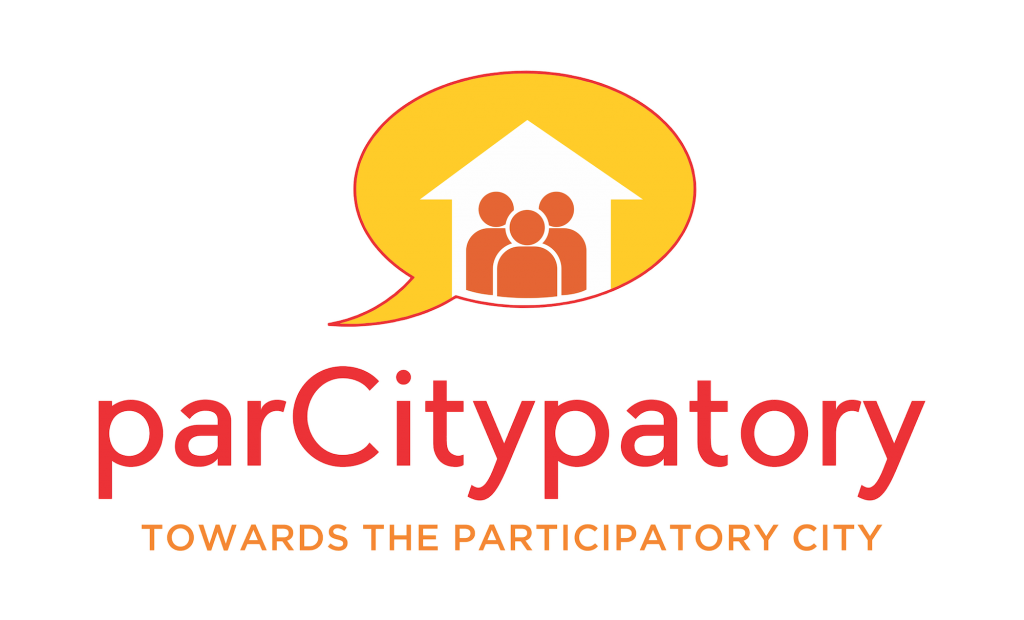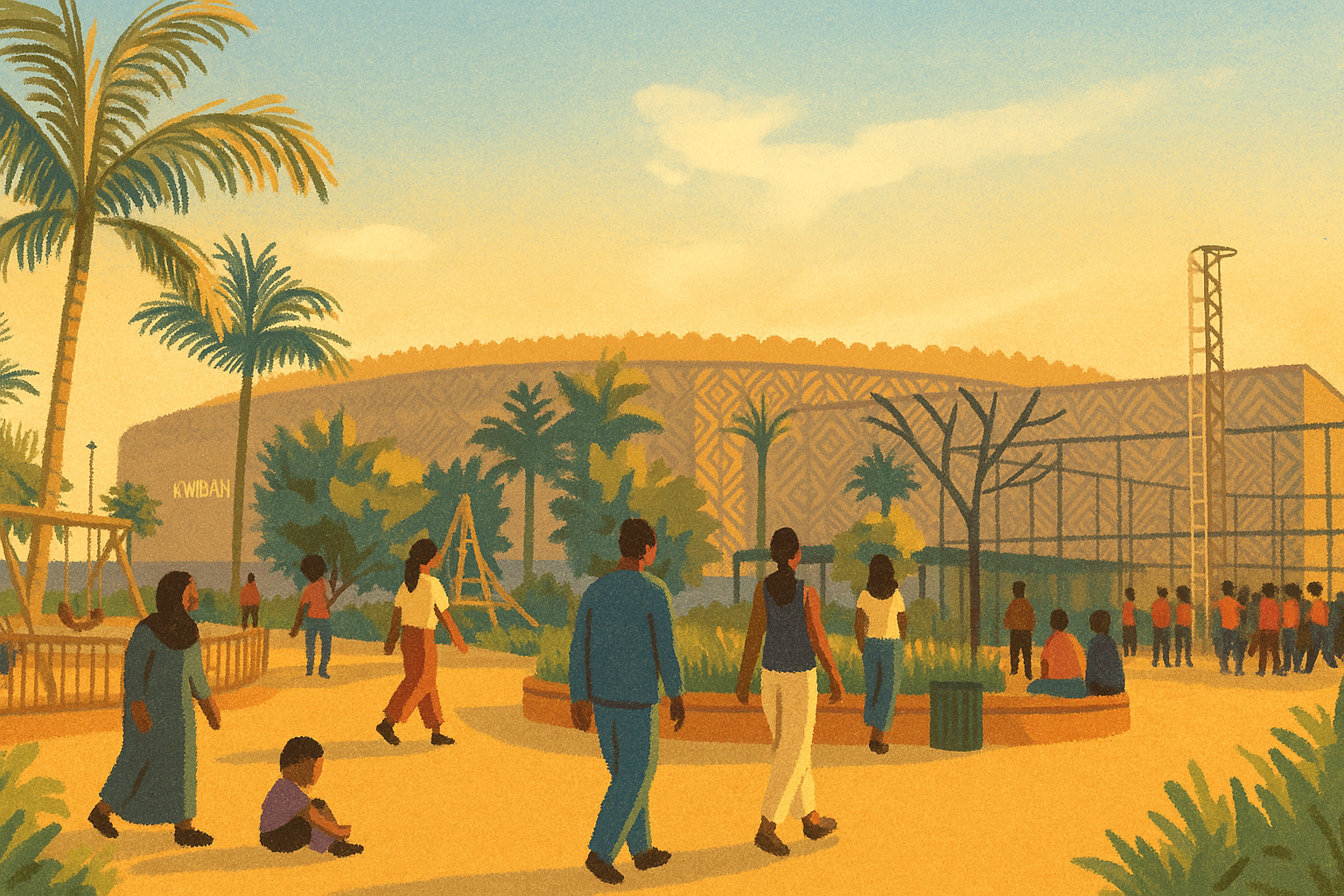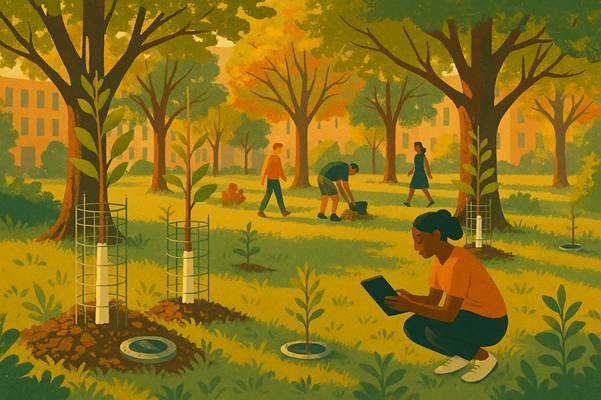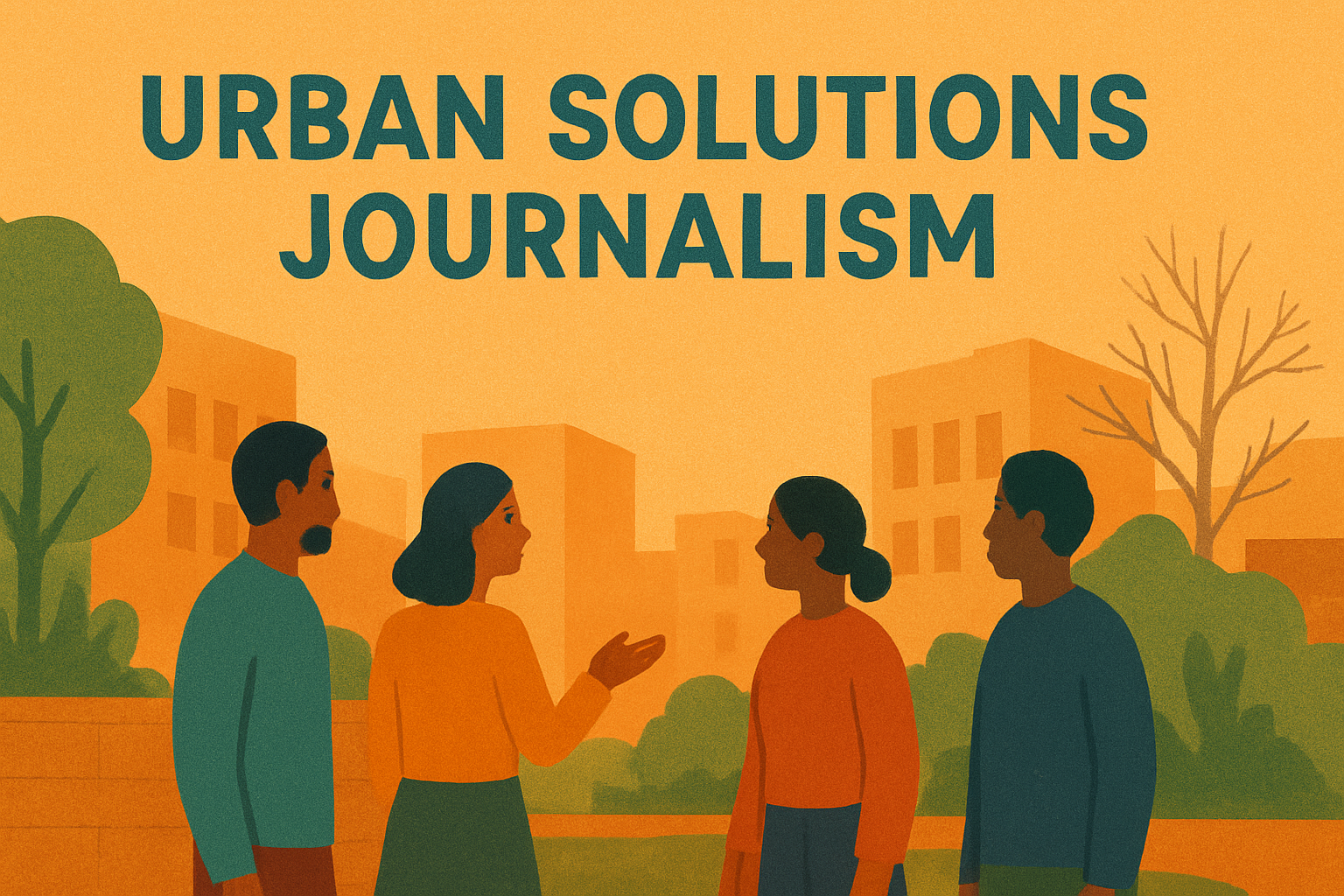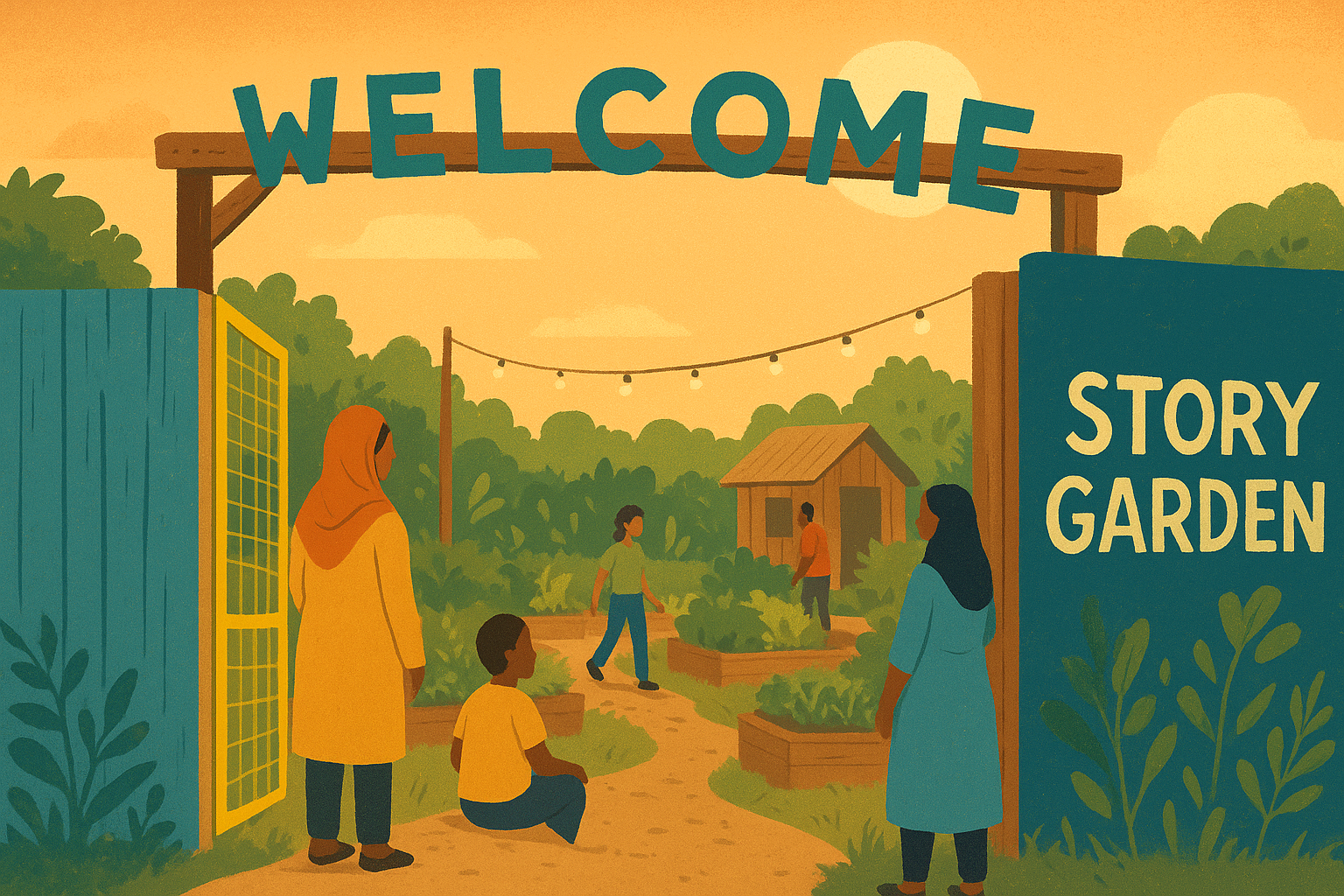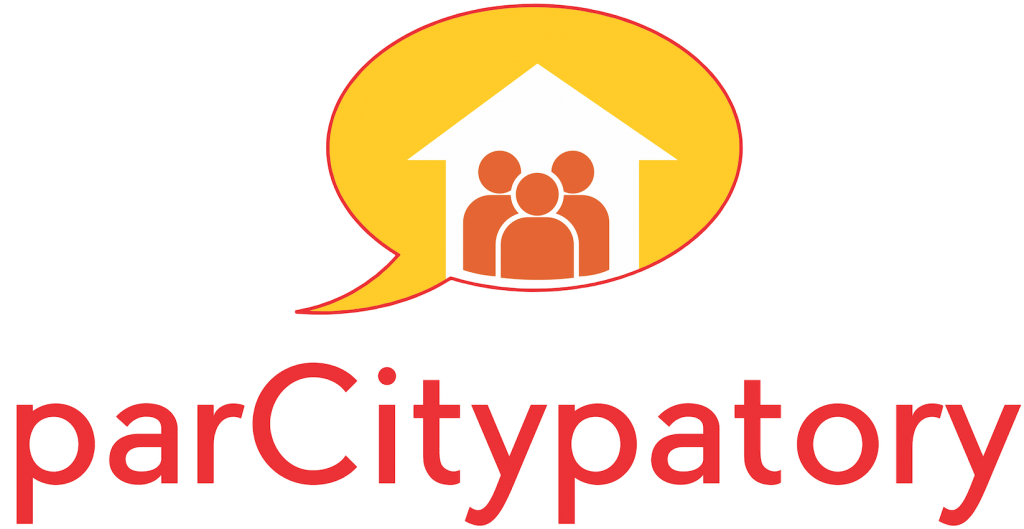1 million trees planted in Freetown, Sierra Leone, in just a few years.
A new park in Madrid, Spain, with a natural structure to cool down the neighbourhood by up to 4°C.
Participatory budgeting of up to 25 % of the city’s budget in Porto Alegre, Brazil.
A 10-km-long riverfront restoration in Seoul, South Korea.
These are just a few examples of urban innovation happening around the world. Working in urban development, I come across many fascinating ideas. While it is easy to focus on all the doom and gloom (yes, we are not on track for either the Sustainable Development Goals or the 1.5°C climate goal), I think we need to focus more on these solutions.
Cities are the victims, the villains, and the visionaries of a sustainable future for us all – and the place where innovation often happens first. The examples above show what is possible already. And given that by 2050, more than two thirds of the world’s population will live in cities, we really need to focus on how to make them more sustainable, inclusive, and resilient.
This starts with sharing stories of what actually works in cities and it is where urban solutions journalism comes in.
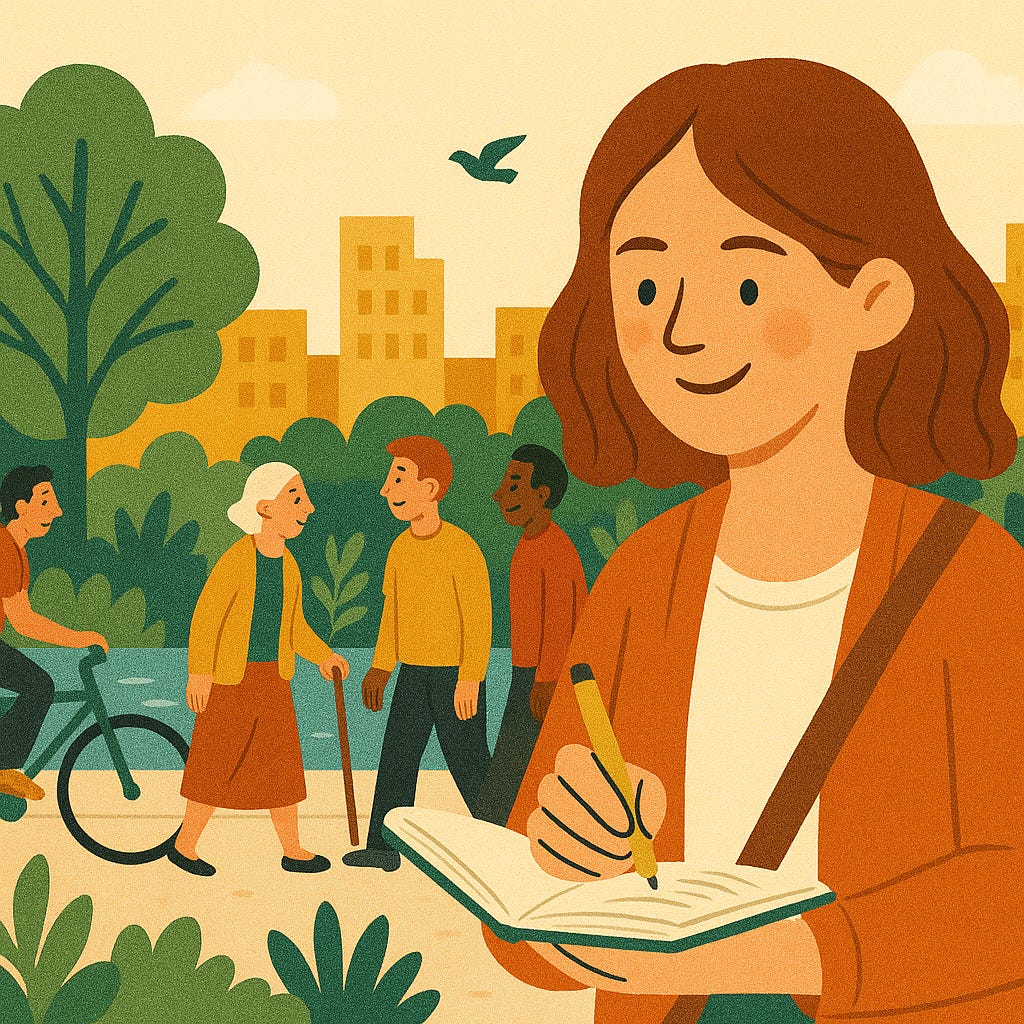
Why do we need urban solutions journalism?
Urban solutions journalism tells stories for and about city dwellers, focusing on topics that we all live every day, from transportation and housing to infrastructure, safety, and the effects of climate change in cities. With the deadline for achieving Sustainable Development Goal 11 on sustainable, inclusive, and resilient cities and communities approaching fast, we need to share what local actions and solutions actually work.
These are the goals of urban solutions journalism:
- Strengthen journalists’ and media professionals’ capacity to analyse urbanisation processes and urban data
- Share outstanding and sustainable urban transformation projects.
- Communicate urban development issues and challenges clearly to the general public
Urban solutions journalism is a new term, but not an entirely new concept. It is inspired by solutions journalism and urban journalism, both of which are quite common already. With the Urban Solutions Journal, I want to bring these two together to report explicitly on the urban context and what works there.
What does urban solutions journalism look like?
Let’s take a closer look at the two components of this concept, solutions journalism and urban journalism. In 2020, I participated in the Solutions Journalism Network’s mentorship programme and later became a mentor myself. This fantastic organisation, based in the US, has pioneered the constructive, solutions-focused approach to journalism:
The Solutions Journalism Network is an independent, non-profit organization that advocates an approach of solutions journalism, an evidence-based mode of reporting on the responses to social problems. It was founded in 2013 by David Bornstein, Courtney E. Martin, and Tina Rosenberg.
To explore solutions journalism examples, head over to their Solutions Story Tracker where you can filter by topics or even look for solutions from your city.
Urban journalism, as far as I am aware, became more widely known about ten years ago when UN-Habitat started running Urban Journalism Academies. I got to participate in and later organise some of these academies, for example in Brussels and Kathmandu, with the Urban Journalism Institute. This is our definition of urban journalism:
Urban journalism reports on the social, economic and environmental issues facing cities in the twenty-first century.
Examples for urban journalism – and often urban solutions journalism as well – include The Guardian: Cities, Next City, and City Lab.
Taking solutions journalism and urban journalism together, we get to urban solutions journalism: a constructive approach to reporting that highlights effective urban innovations and practices, sharing proven ideas to inspire cities worldwide.
Here are two articles I have written that exemplify what urban solutions journalism can look like:
Inviting participation in urban planning with Minecraft
What Rotterdam can teach us about the power of green roofs
How to do urban solutions journalism?
In urban solutions journalism, we focus on urban dynamics, on the way a city is planned and managed, and how this affects its current and future sustainability. Through a series of tools and a mix of old and new forms of storytelling, we reshape the urban narrative in a collaborative way, giving a voice to stakeholders, activists, and local communities as well as urban planning experts and media professionals.
The stories will be relevant to city dwellers, focusing on transportation, housing, infrastructure, politics, and safety, as well as sustainability and climate change action. Most urban solutions journalism pieces will reference the Sustainable Development Goals and their reference in urban environments (directly or indirectly). They will showcase local actions that might otherwise not get the attention they deserve.
Here are some of the impacts that a good piece of urban solutions journalism can inspire:
- To elevate local concerns
- To empower communities
- To create transparency and accountability
- To support community building
- To enable informed decision making
Many great stories out there qualify as urban solutions journalism! If you’d like to write or share a piece in the Urban Solutions Journal, please get in touch.
In the journal, I will share urban solutions stories – such as this one about a pocket park project in Birmingham, UK, that not only created green space but also promoted environmental justice. Stay tuned!
There will also soon be workshops and courses on how to do urban solutions journalism – get in touch with me via laura [at] parcitypatory . org to learn more or request a workshop for your school, university, organisation, newspaper, or urban planning office!
